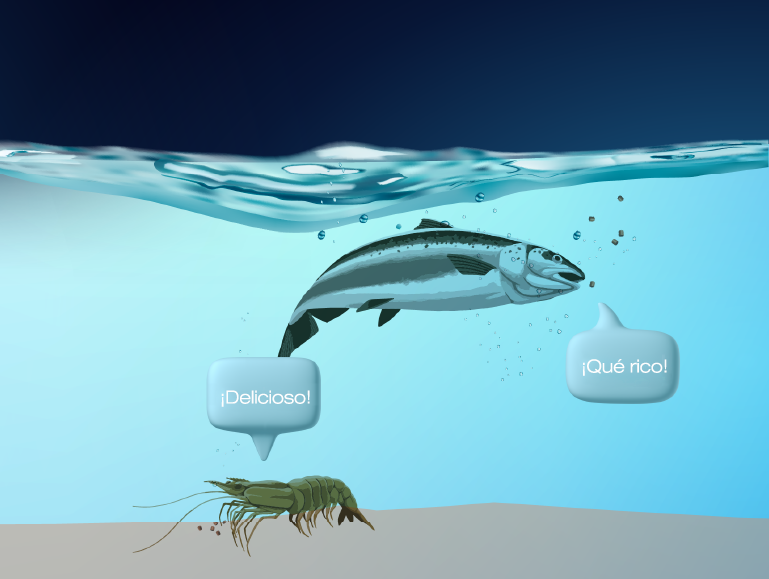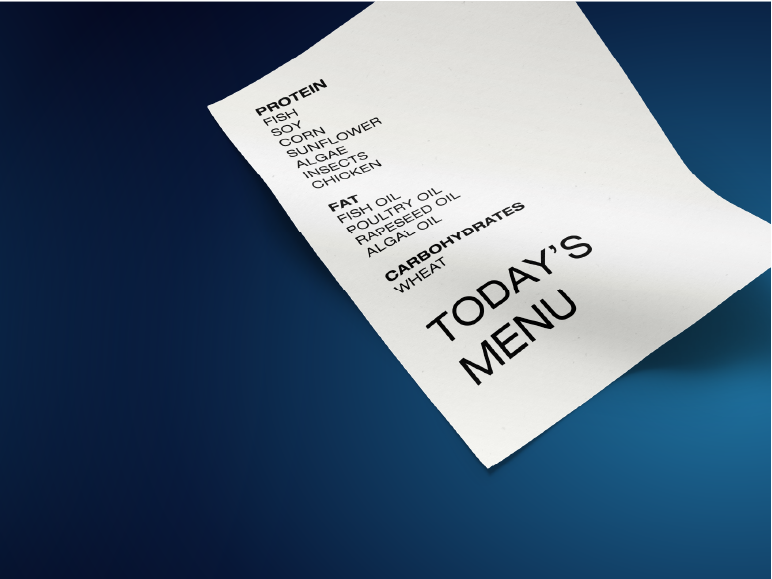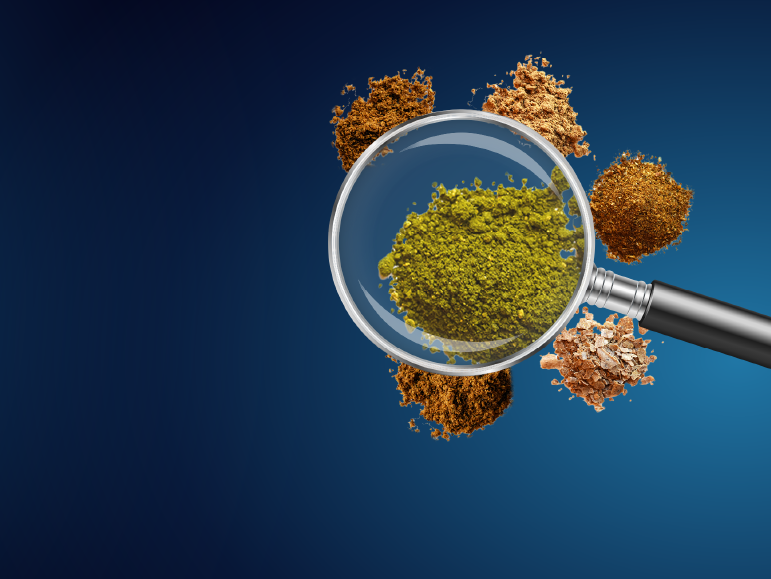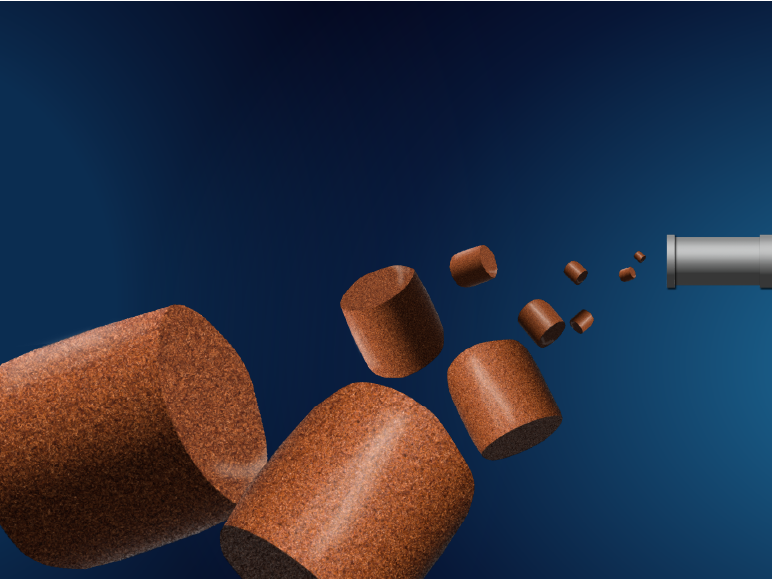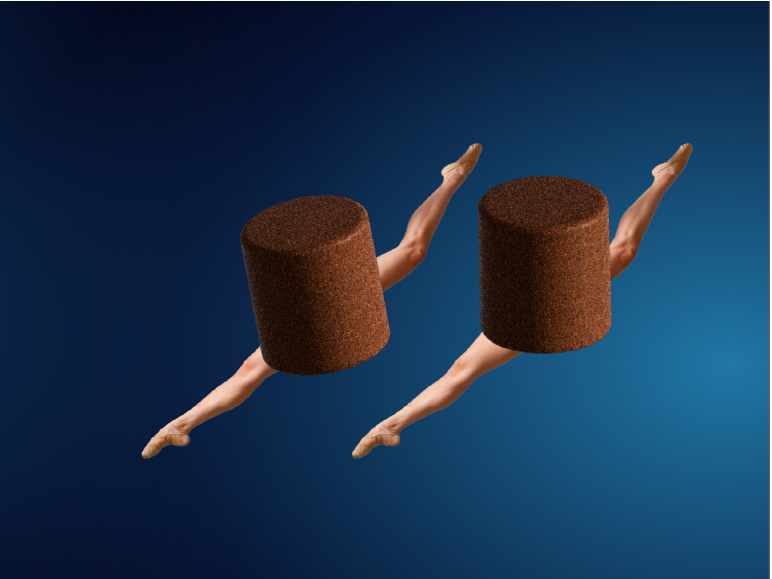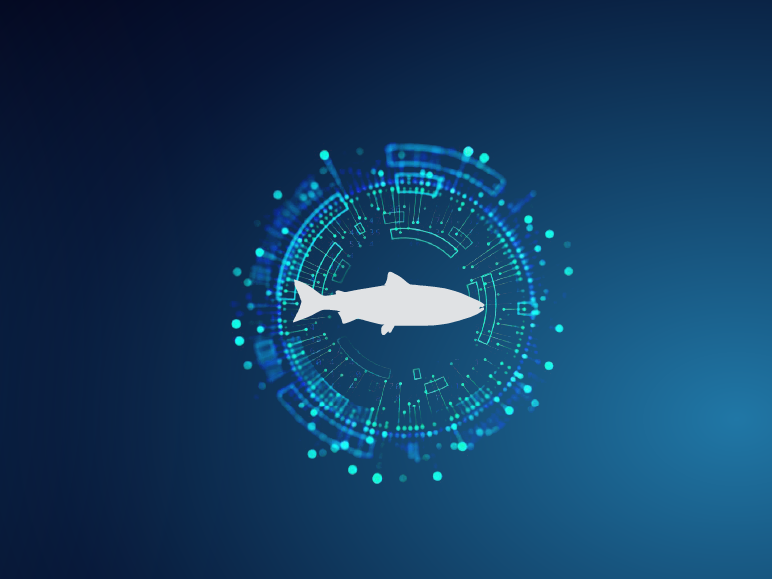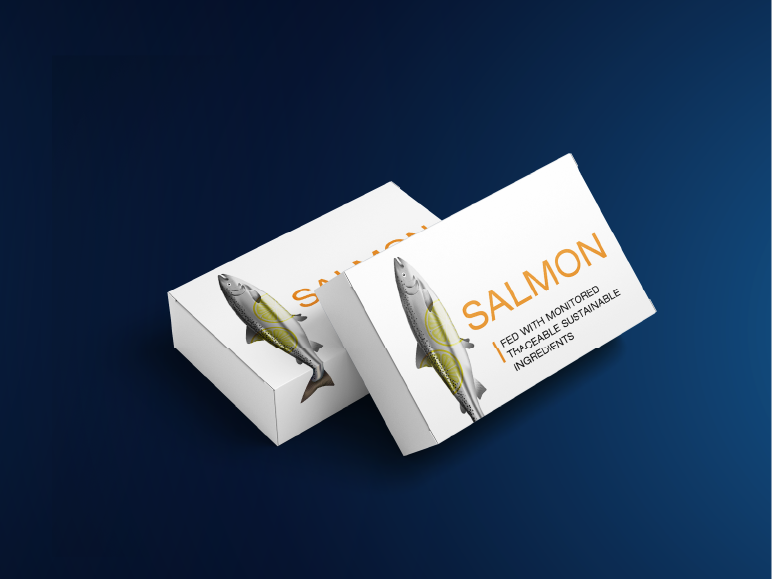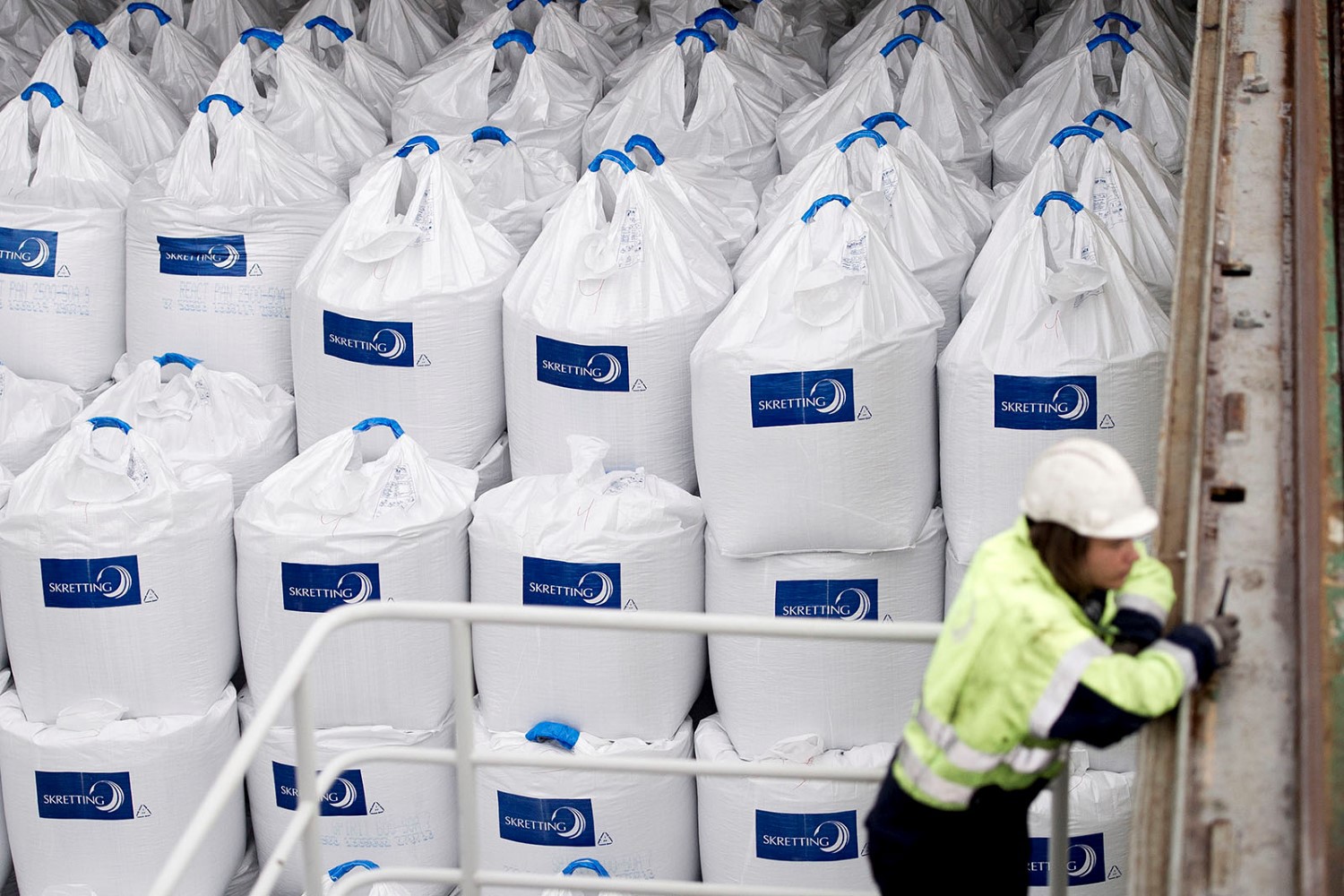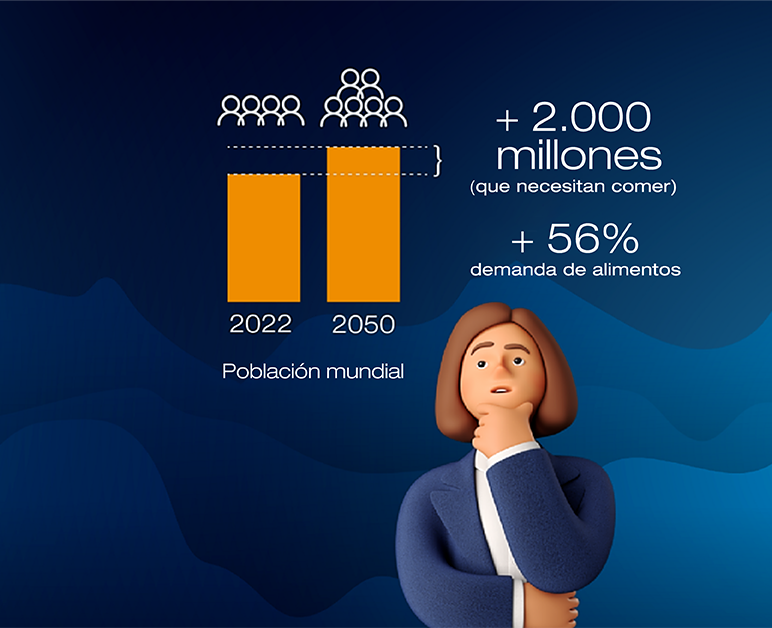
Let's cook! (and mixing, drying, grinding... you get the idea)
If you're following this series, you'll know that our aquaculture feeds are formulated with recipes that include many different raw materials based on recommendations from expert nutritionists. However, in addition to the specific nutritional characteristics, we also have to consider the physical ones. An ingredient may have the best nutritional profile in the world, but if we can't manufacture it in our production plants, things get complicated.
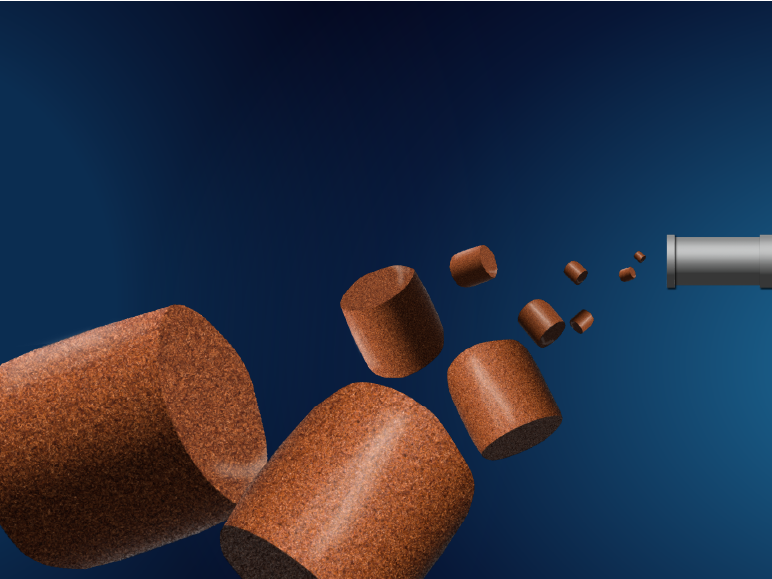
Developing knowledge about production processes and technologies is important to create new feeding concepts and increase the flexibility and functionality of our diets, without compromising the physical quality of the different farming systems. Aquafeed production is a complex process, and it all starts with a recipe...

Stay tuned for our next chapter
In the water
Well balanced, nutritious, healthy – the food needs of fish and shrimp are the same as those of people. In fact, we use many of the same equipment used to make our aquafeeds that are used to make human food. The biggest difference? Our feeds have the added complexity of being submerged in water, which means they need to be sturdy enough to withstand feeding systems while also being tasty for fish and shrimp to want to eat. A difficult balance, but one that we mastered.

